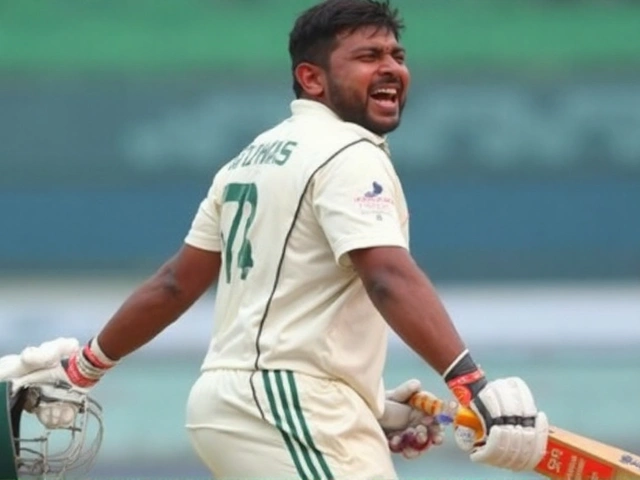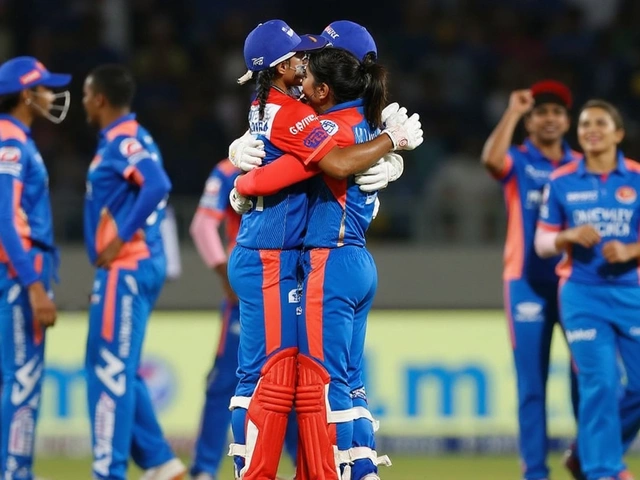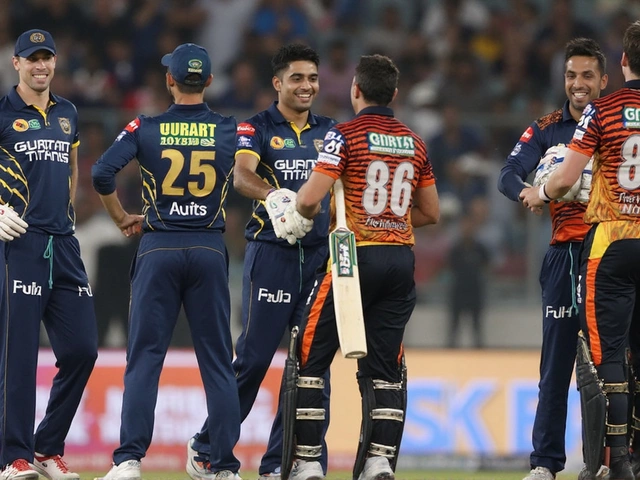IMD's orange alert puts opener on edge
The season’s curtain-raiser could start under thunderclouds. The Indian Meteorological Department has issued an orange alert for Kolkata on match day, putting the Kolkata Knight Riders’ home opener against Royal Challengers Bengaluru at clear risk. The alert covers thundersqualls, gusty winds, lightning, and even hailstorms across districts that include Kolkata—conditions that can halt play quickly even if rainfall totals stay modest.
Forecasts suggest a low but nagging chance of rain during the evening window, hovering around 7% between 7 and 9 PM IST, with thick cloud cover likely through the night. That small percentage doesn’t tell the whole story: pre-monsoon thunder cells in Bengal—locally known as Kalbaisakhi—can roll in fast, dump intense rain and wind, and move out just as quickly. Any sharp burst during prime-time could wipe out overs or force a no-result.
Eden Gardens helps the cause. Since its renovation, the ground has been praised for a sand-based outfield and efficient sub-surface drainage. Multiple super soppers and full covers usually mean fast turnarounds once the rain stops. If the showers are brief and not relentless, the ground staff can buy the match crucial overs. If the cells linger or lightning stays overhead, stoppages become unavoidable.
There’s a second weather watch on the calendar too. Reports point to another key RCB–KKR fixture on May 17 at M Chinnaswamy Stadium in Bengaluru facing similar risk. Early outlooks show about a 34% chance of rain at 7 PM IST, rising to 40% by 9 PM and 51% by 10 PM, with temperatures near 24°C and humidity up around 89%. Evening convection over Bengaluru in May is a familiar pattern, and short, repeated showers there have interrupted matches before. If that late-season contest carries playoff stakes—as it often does for these two—every lost over will matter.
All of this weather noise feeds straight into tactics. Captains will weigh the toss differently if showers are on the cards, since chasing under Duckworth-Lewis-Stern (DLS) can be an edge in a truncated chase. Bowlers might swap lengths for cutters if the outfield gets heavy and the ball softens. Spinners want a dry grip; a moist seam and a wet ball make that a fight. Fielding sides could have to manage a slick ball and slower surface, pushing captains toward extra pace-off skills and outfielders with strong arms.
What the playing conditions say if rain intervenes
There is no reserve day for league-stage fixtures. However, the playing hours can be stretched by up to 60 minutes beyond the scheduled finish. To record a completed match, each side must face a minimum of five overs. The cut-off to start a five-over chase is 10:56 PM IST; if that threshold is missed, the game cannot be completed within the rules.
Should the weather squeeze the match into a reduced-overs contest, DLS comes into play immediately. If the teams end level in a completed game and a Super Over cannot be fit into the remaining time, the points are shared. In the case of an abandonment before the five-over mark is reached, both sides take one point each. The final permissible cut-off for play on the night is 12:06 AM IST, giving officials a narrow but meaningful window to wait out a passing cell.
Because this is the opener, even small interruptions can reshape the evening. Warm-ups get cut short. Bowlers must recalibrate run-ups on damp patches. Batsmen can walk out with a scoreboard target that’s moving in real time. And if lightning is detected nearby, umpires will halt play regardless of rain intensity.
For the hosts, there is comfort in infrastructure. Eden Gardens’ upgraded drainage, improved pitch covers, and experienced ground crew have repeatedly reduced downtime after showers. The outfield wicks water away fast once the rain stops. The real bottleneck is the sky: if thunder and lightning linger overhead, safety protocols keep everyone off the field until conditions stabilize.
For Bengaluru’s mid-May date, the cricketing calculus is similar but with a different weather character. Early evening sprinkles can escalate into longer spells, and humidity near 90% makes the ball feel heavier. The Chinnaswamy outfield drains quickly, but brief stoppages and frequent towel changes for the ball are common. Under lights, batting sides chasing revised DLS totals often like the look of the scoreboard—until one squall shaves a few overs and flips the par score again.
Tournament-wide, a rain-hit opener isn’t catastrophic, but it does affect rhythm. Teams plan workloads, match-ups, and debut caps around full games. If the first night gets chopped into pieces, some selections may be hedges: an extra seamer with cutters, a deep batting order to ride a shortened chase, or a powerplay spinner who can bowl with a wet ball. Coaches will also keep a close eye on niggles, because damp conditions raise soft-tissue risks.
Bottom line for fans and teams: keep the ponchos close and the calculators closer. The IMD’s orange alert is a genuine heads-up, not a guarantee of a washout. Given Eden Gardens’ drainage and an extended playing window up to 12:06 AM, even a stormy evening can still produce a five-over shootout. But if thundersqualls stick around or lightning doesn’t clear, the opening points may end up split—leaving the season’s first headlines to the weather as much as the cricket.
As the first ball of IPL 2025 approaches, everyone will be watching two scoreboards: the one inside the stadium, and the one in the sky.








